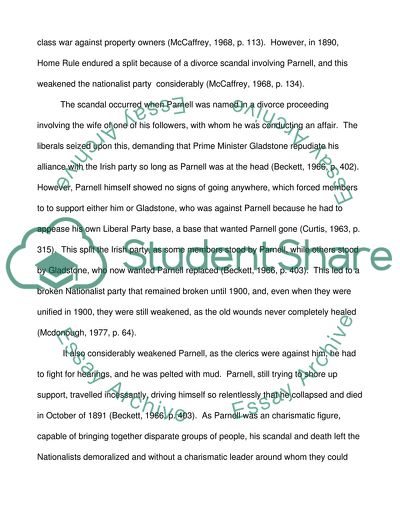Cite this document
(The Unity of Ulster Unionism Term Paper Example | Topics and Well Written Essays - 2576 words, n.d.)
The Unity of Ulster Unionism Term Paper Example | Topics and Well Written Essays - 2576 words. Retrieved from https://studentshare.org/history/1743369-in-what-ways-did-unionism-change-in-ireland-between-1890-and-1914
The Unity of Ulster Unionism Term Paper Example | Topics and Well Written Essays - 2576 words. Retrieved from https://studentshare.org/history/1743369-in-what-ways-did-unionism-change-in-ireland-between-1890-and-1914
(The Unity of Ulster Unionism Term Paper Example | Topics and Well Written Essays - 2576 Words)
The Unity of Ulster Unionism Term Paper Example | Topics and Well Written Essays - 2576 Words. https://studentshare.org/history/1743369-in-what-ways-did-unionism-change-in-ireland-between-1890-and-1914.
The Unity of Ulster Unionism Term Paper Example | Topics and Well Written Essays - 2576 Words. https://studentshare.org/history/1743369-in-what-ways-did-unionism-change-in-ireland-between-1890-and-1914.
“The Unity of Ulster Unionism Term Paper Example | Topics and Well Written Essays - 2576 Words”, n.d. https://studentshare.org/history/1743369-in-what-ways-did-unionism-change-in-ireland-between-1890-and-1914.


